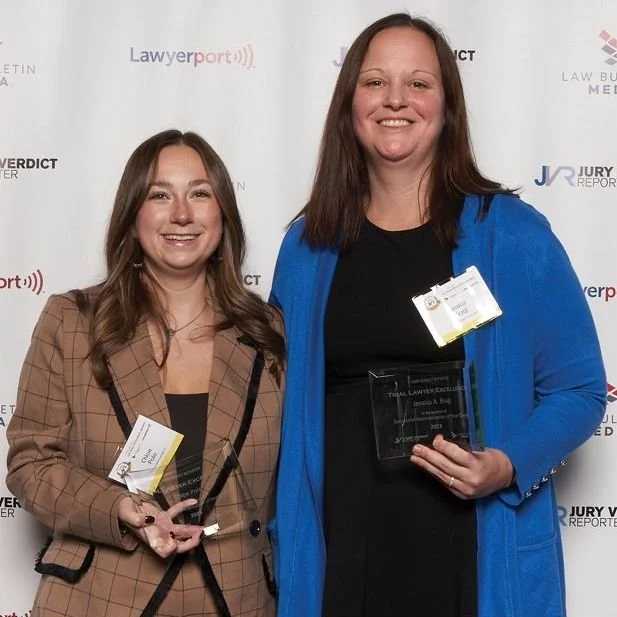2019-L-009251 (Cook County, Illinois)
During the renovation of a large historical home, a fire broke out causing millions of dollars in damages to the home and property. The renovation included the conversion of multiple electric fireplaces into gas fireplaces. The fire was caused during construction when someone remotely turned on the fireplace, which lit flammable material left in front of the fireplace. Plaintiffs sued the general contractor of the construction project. The general contractor then filed third party complaints against the retailer which sold the fireplaces, and the gas company which performed the installation.
The general contractor’s theory against the fireplace seller and the gas company was that they both knew there was ongoing construction so they had a responsibility to warn and instruct the homeowners on the safe use of the fireplace, warn the homeowners not to ignite the fireplace in an ongoing construction zone, to make certain the fireplace pilot-light was extinguished and could not be activated during the construction, and to label the remotes so someone could not unknowingly turn on the fireplace.
John Dark from Costello Ginex and Wideikis took up representation of the fireplace retailer and sought to prove that the retailer did not owe a duty to either the plaintiff or general contractor and any alleged breach was not a proximate cause of the fire. The discovery process was extensive and involved multiple experts hired by the general contractor, including a cause and origin expert and a codes and standard expert.
After discovery, all three defendants filed motions for summary judgment. John argued that his client did not owe a duty to either the plaintiff or to the general contractor, as they did not the install of the fireplace, the instructions provided to the homeowners directly and contained on the invoice were sufficient, and the seller’s conduct was not a proximate cause of the fire. John further argued a condition is distinct from cause, and that the placement of combustible material in front of the fireplace and the subsequent ignition were unforeseeable as to the fireplace seller, as they were unaware of the ongoing construction.
The court granted John’s motion for summary judgment. The court pointed out in their opinion that as a retailer, the fireplace seller was not aware of ongoing construction, was not responsible for installation, and that the general contractor’s own expert did not believe that the retailer violated its duty of care. Meanwhile, the court denied the motions of both of the other defendants.







